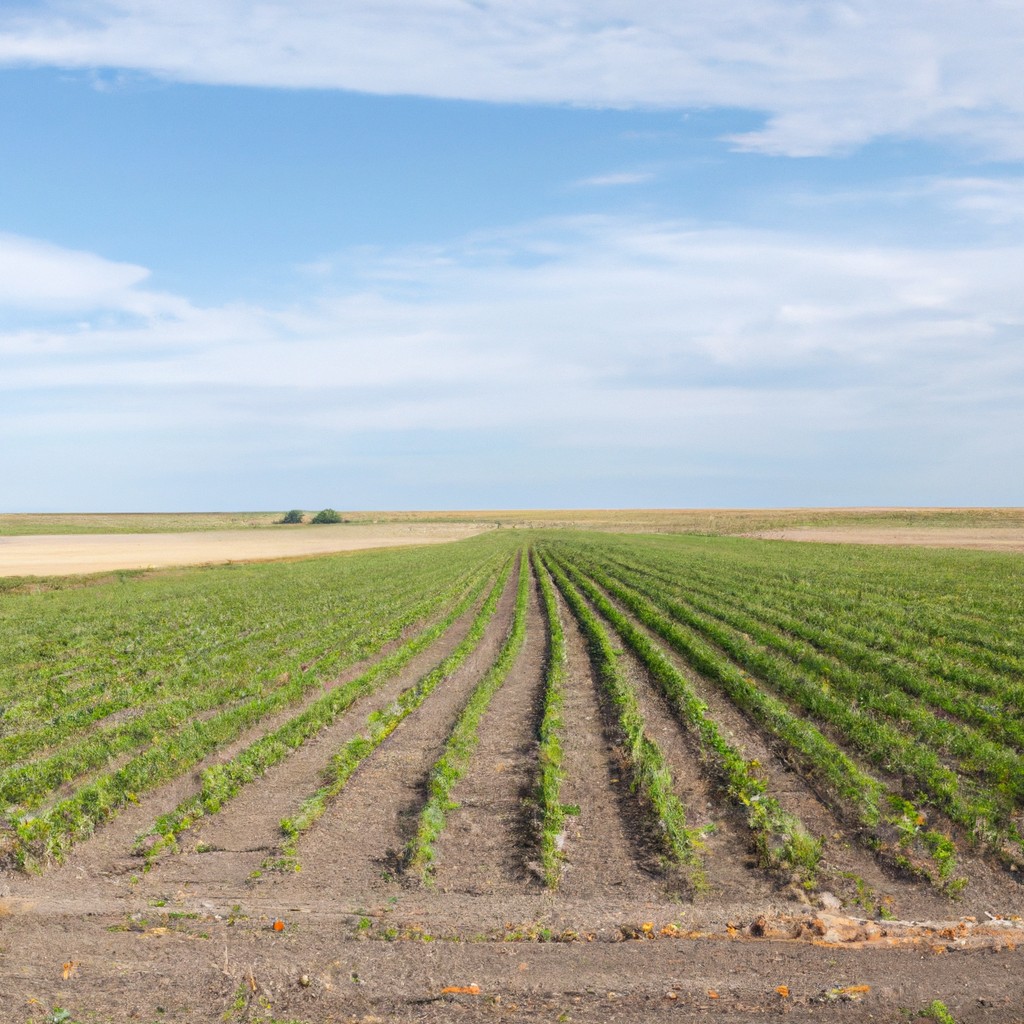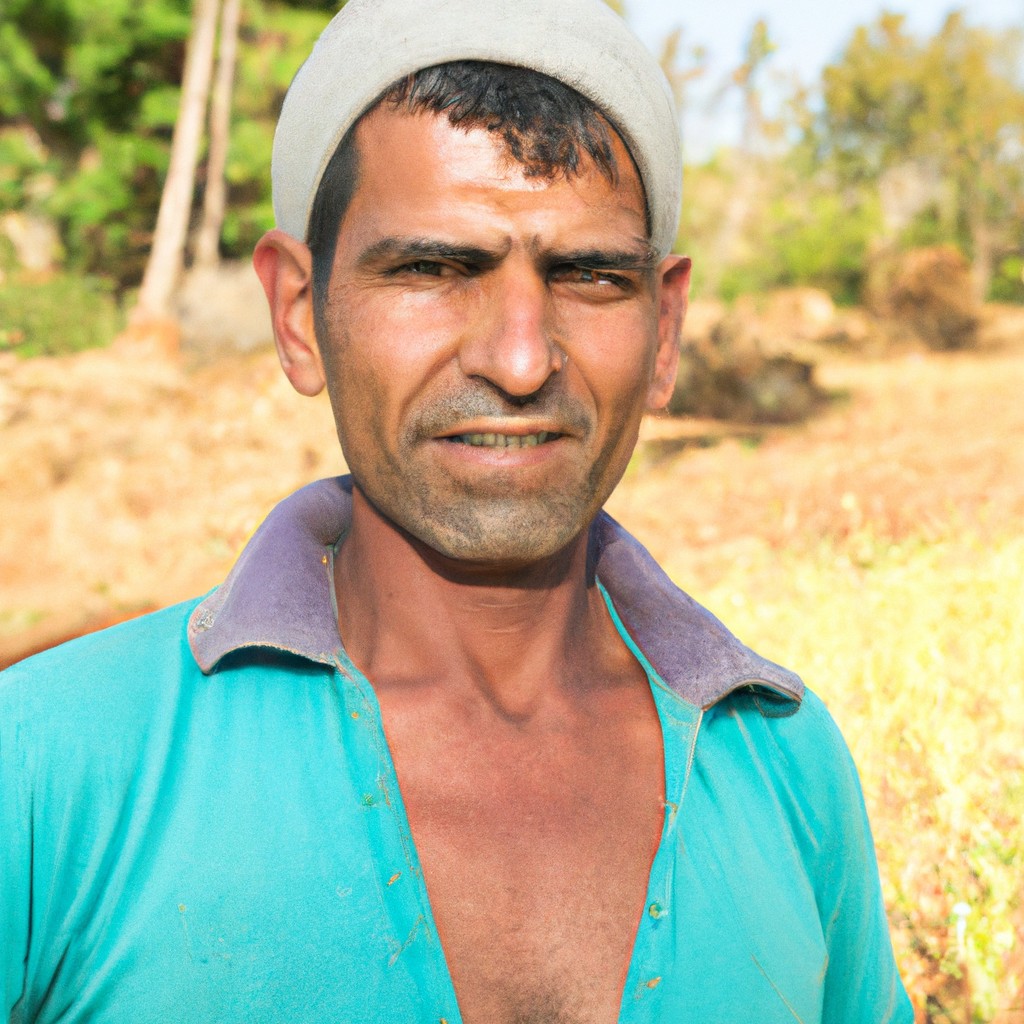This article unpacks the basics of extensive farming, shedding light on its methods, benefits, and environmental impact.
Look Inside:
Examples of Extensive Agriculture

Ever driven past endless fields of wheat, feeling like you were an extra in a movie about pioneers? You were likely witnessing extensive agriculture in action.
Picture vast expanses of land dedicated to crops like wheat, barley, or corn. These farms are like the laid-back hippies of agriculture, requiring less input per acre but needing a whole lot of space to hang out. Livestock operations also get in on the action, with cattle, sheep, and goats grazing over large pastures.
Think Australian outback cattle stations. Massive areas, low animal density. The sheer amount of space here does the heavy lifting.
And it’s not just the Down Under. Yep, even the U.S. Midwest loves to go big. Take some pointers; you don’t need a high-powered microscope to understand this. Farmers often apply fewer fertilizers and pesticides, resulting in lower yields per hectare, but it balances out due to the scale.
How about some Siberian wheat fields to round things off? Plenty of land but a bit stingy with the resources. It’s extensive farming with a chilly twist!
So, whether you’re in the sun-soaked plains of Kansas or the frosty fields of Russia, extensive farming thrives on size. Big is beautiful, but it’s also pretty darn efficient when you’ve got the space!
Environmental Impacts
Extensive farming often ties to more land use, which can lead to habitat disruption for wildlife. Picture Bambi finding a busy highway where his favorite meadow used to be. Deforestation to clear land for crops and pasture is another issue, contributing to climate change as trees, nature’s carbon sponges, are removed.
Often, this farming method relies less on chemicals than intensive farming. No one enjoys a salad swim in pesticides, right? But on the flip side, lower yields from the land might encourage farmers to claim even more green acres for agriculture—cue the falling and weeping of trees.
Soil health can also go awry. Without rotations or mixed planting, the soil gets tired. Like a Netflix binge-watcher on their fifth hour, soil needs a break and some variety to maintain its health. Soil erosion and degradation could result, causing, well, downright grumpiness for anyone invested in sustainable land use.
And don’t forget water. Extensive farming usually demands significant water, potentially reducing availability for non-agricultural needs. In a wrestling match between cornfields and thirsty towns, water might tag in the wrong teammate.
While extensive farming has its perks, like reduced chemical use, managing its environmental drawbacks is crucial.
Related Research and Data
Studies consistently show that extensive farming typically results in lower yields per hectare compared to intensive systems. It’s your classic case of “less is more”—less fertilizer, less pesticide, less-… you get the drift.
Research from various agricultural institutions reveals a trade-off: extensive farming, often gentler on the environment, produces less food per unit area but helps preserve soil health and biodiversity. It’s like choosing between a flashy sports car that guzzles gas or a reliable hybrid.
Data also indicate that extensive systems can sequester carbon more effectively in some cases, helping reduce greenhouse gases. That’s right, farms can potentially double as nature’s air purifiers. On the flip side, extensive farming demands more land to produce the same amount of food, which can lead to deforestation if managed poorly.
Researchers are diving into mixed farming practices, combining crop cultivation with livestock to maximize land use efficiency. Think of it as the agricultural equivalent of a multi-tasking ninja.
Charts and Visuals
While words can paint a picture, charts and visuals splash the canvas! Here’s why they rock in understanding extensive farming:
- They simplify complex data, making it as digestible as your morning cereal. Got stats about land use? A bar chart nails it.
- They highlight trends and patterns; a line graph can track crop yields over time—better than your memory can.
- Pie charts can break down land distribution, showing how much acreage goes to crops, livestock, and, yes, even that quaint scarecrow fiesta.
- Diagrams can also illustrate crop rotation systems or livestock movement, helping you grasp methods like rotational grazing without reading a novel.
- Before you know it, visuals turn boring data into a story. And who doesn’t love a good farming tale!
Comparative Analysis With Intensive Systems
Picture this: one farm party where everyone’s invited (extensive) vs. a VIP club with an exclusive guest list (intensive). Extensive farming spreads its resources like a social butterfly—using large tracts of land with minimal input, while intensive farming packs a punch in a smaller area with higher resource use.
Extensive farmers are the marathon runners, pacing themselves for the long haul. They rely on natural processes, meaning fewer fertilizers and pesticides. Meanwhile, intensive farmers are sprinting, using technology and chemicals to boost yields from their land.
Less input might sound like a lazy Saturday, but extensive farming benefits wildlife and biodiversity. Nature gets to crash the party! On the flip side, intensive methods need more water, fertilizers, and energy—a lot like getting VIP tickets for every crop.
And here’s a plot twist: extensive systems tend to have lower yields per acre. But wait, don’t panic! Their scenic landscapes and sustainability perks are the gold stars of the agricultural report card.
So, whether you’re rooting for the extensive marathon or the intensive sprint, know that each has its own charisma and challenges. Choose your team wisely!




